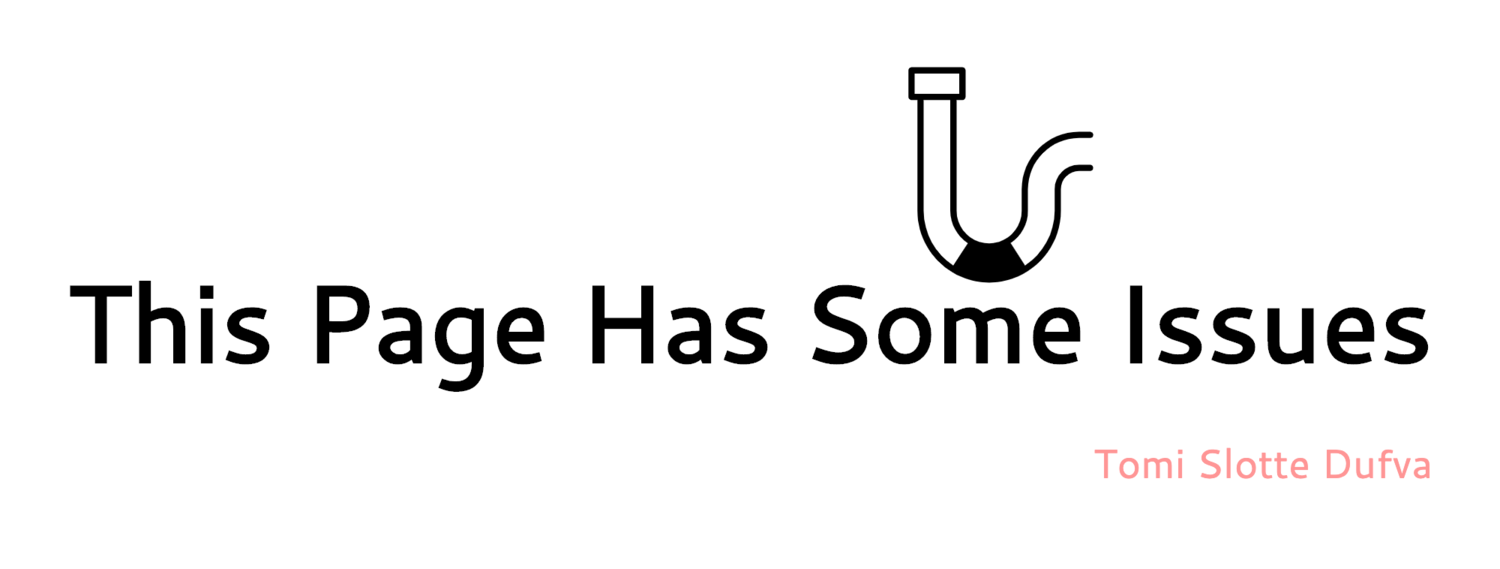Last week I took part in Creative Citizens conference at Royal College of Arts in London. It was two days filled with interesting talks and presentation all based on creative citizenship. Creative Citizens is a research project and has three main themes: hyperlocal publishing, community-led design and creative networks. I think all of the different themes were nicely portrayed, and talks gave a nice variety on different topics. These sort of projects that fuse together different fields from politics, education to art is something I would like to see happen in Finland also.
Nevertheless, after the conference I started to think (Well I am a Finn after all…) about digital citizenship portrayed through social media platforms and some particular question came to mind: How much is using social media as an active, critical, citizen just playing with the tools that we are given to play with? Are we just playing in the sandbox of largely censored, monitored products, which turn our messages into money? How much more effective could our criticality be, if we had to say over the platforms? Or even: If we could be part of building them?
Jean Burgess, professor at the Queensland University of Technology, gave a very good talk on creative citizenship and social media. She gave the example of silly citizenship (a great name and concept!) as one example to engage critically in social media platforms. Silly citizenship uses social medias own tools to work as a humorous way to engage in politics. One meme she mentioned as an example was a photo of British prime minister David Cameron calling to Barack Obama to have a talk about the situation in Ukraine. The photo was shared through twitter and was quite comical. Internet quickly followed with it own versions of it and so a meme was born. According to Burgess this kind of ”Silly Citizenship” can be one way to engage with the world around us: even though the message is funny and entertaining it still carries a political message.



